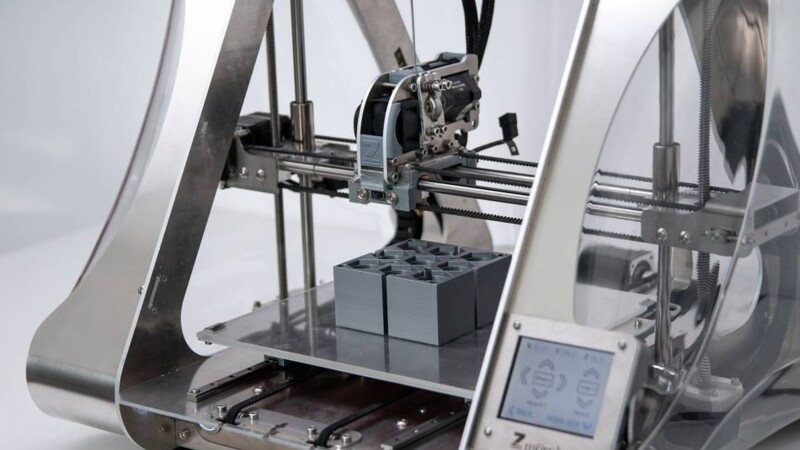Take for instance a torn cruciate ligament: “Full recovery takes up to 7.3 months on average, which medical insurance will not reimburse,” said Taher Pham, a doctor and co-founder of Metronus, based on personal experience. He tore his cruciate ligament while training for the triathlon. His medical insurance paid for exercises supervised by physiotherapists during rehab for five weeks. Then he was on his own. As a doctor, he knew how to structure his own exercise programme. “But the worry that without professional supervision you could exercise incorrectly and make things worse instead of promoting healing is a real problem for many patients,” Pha said.
Superhuman powers would be ideal in time-consuming and laborious rehabilitation work. Perhaps this is the reason that patients using the Metronus rehab programme in a virtual environment often choose Superman as their avatar. The start-up, which launched in Hamburg last year, is based on Virtual and Augmented Reality (VR: digital environment, AR: computer-based expanded perception of reality). It aims to provide any patient with professionally supervised rehab following orthopaedic injury, irrespective of time and place.
Real training with virtual instruction
Imagination has free rein in selecting the avatar
With a view to facilitating rehab exercising in a medically safe environment, Pham developed an attractive virtual environment to boost patients’ motivation to exercise. He did this in collaboration with Götz Welsch, a consultant in sports medicine at the University of Hamburg and team doctor for the HSV football team, using elements of play under the rubric “Gamification”. “There is a selection of various 3D environments, from dojo to tennis to football, with the patient being able to slip into the desired role: Neymar, Angelique Kerber – or even Superman. The imagination has free rein,” says Markus Käding, who is responsible for running the business and marketing in the five-strong Metronus team.
The exercise avatar sets the right tasks depending on the stage of convalescence. Correct execution is monitored by camera tracking, ensuring safe exercising. And: “Progress in the exercises is recorded digitally and presented visually,” Käding said. “This means that the patients know where they are and the purpose of the exercise. They know that, if they continue in this way they will be at point X in four weeks.”
Answer to staff shortages
Metronus is solving a structural problem at the same time. Physiotherapists are often in short supply, especially in areas outside the cities, and demographic change is exacerbating this situation. “We are offering a sustainable solution,” Pham said, emphasizing the financial savings. “Medical rehab costs currently a total of EUR 4 billion a year in Germany. Torn cruciate ligament rehab costs are estimated at EUR 480 million a year alone.” Metronus could help reduce these costs and to improving care, he believes.
Helping people and doing good
The Metronus rehab programme prototype will be tested in a Hamburg University clinical study next year – the programme will be certified as a medical product. Apart from Dr. Welsch, Metronus has secured other partners and backers: Professor Frank Steinicke of the University of Hamburg, Professor Boris Tolg, an engineer from Hamburg University of Applied Sciences, Peter Jaeger, formerly of Microsoft and now founder of AIgility and co-founder of Ha²lo, and Oliver Rößling, CDO at Absolute Software, where Metronus’ virtual environment is programmed. Pham and Käding found each other via the event format 12min.me set up by Rößling, which combines the desire to “help people and do good,” Käding said.
Metronus aims to make other useful contacts through the Health Innovation Port on the Philips Campus in Hamburg Fuhlsbüttel. Collaboration Space, opened last year, links up medical start-ups with established players in the health sector. Metronus is currently applying for an Exist founder bursary from the German Ministry of Economics, and is holding its first investor round for seed finance next year.
ys/rm/pb
Source and additional information:
Sources and further information
More
Similar articles

HEAT ends first test phase successfully

EUR 7.5 million for leading research in Hamburg
